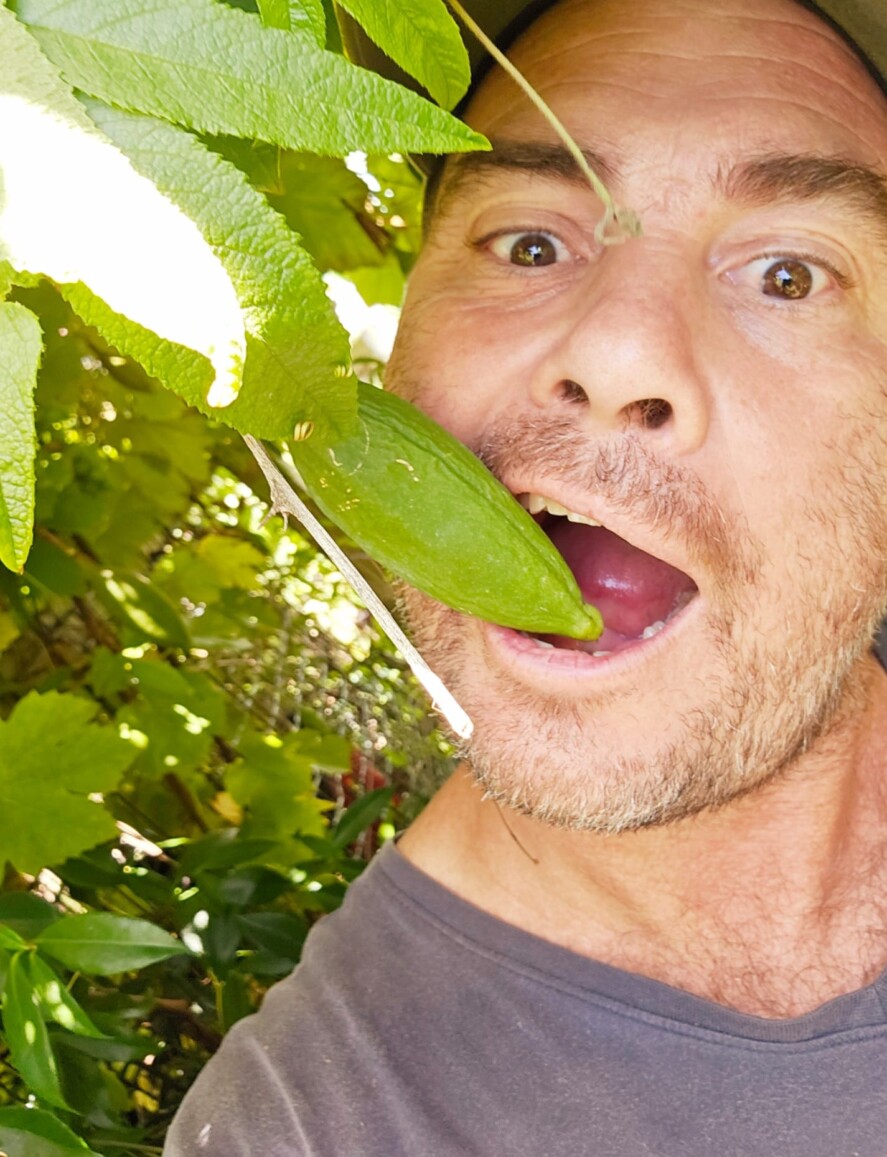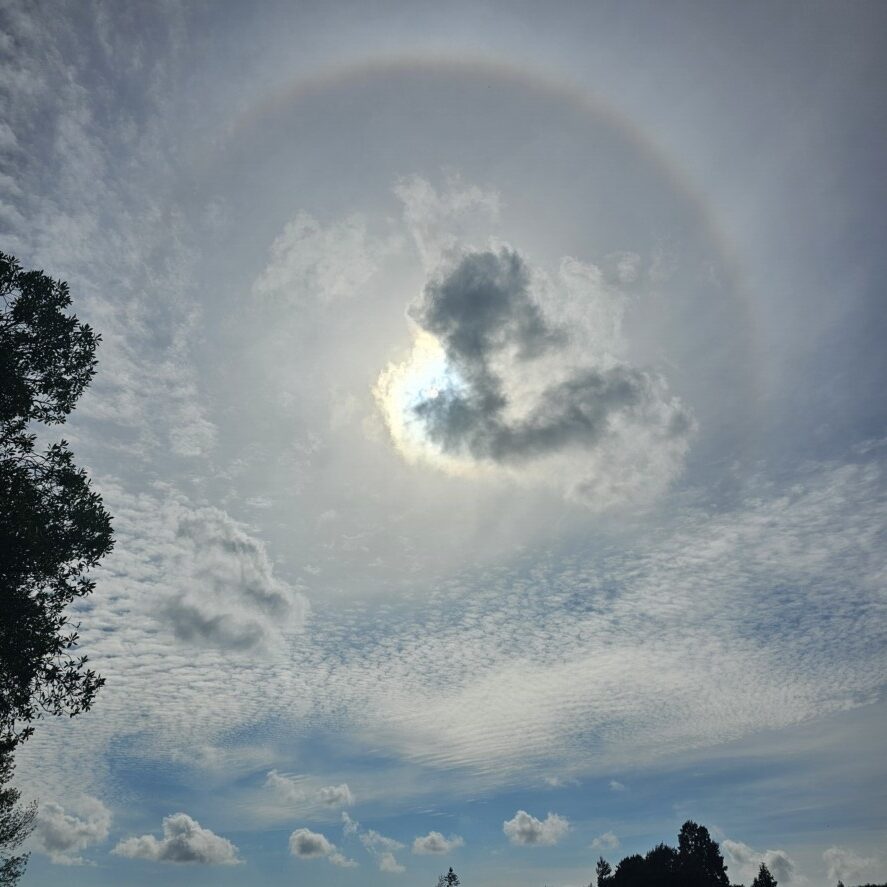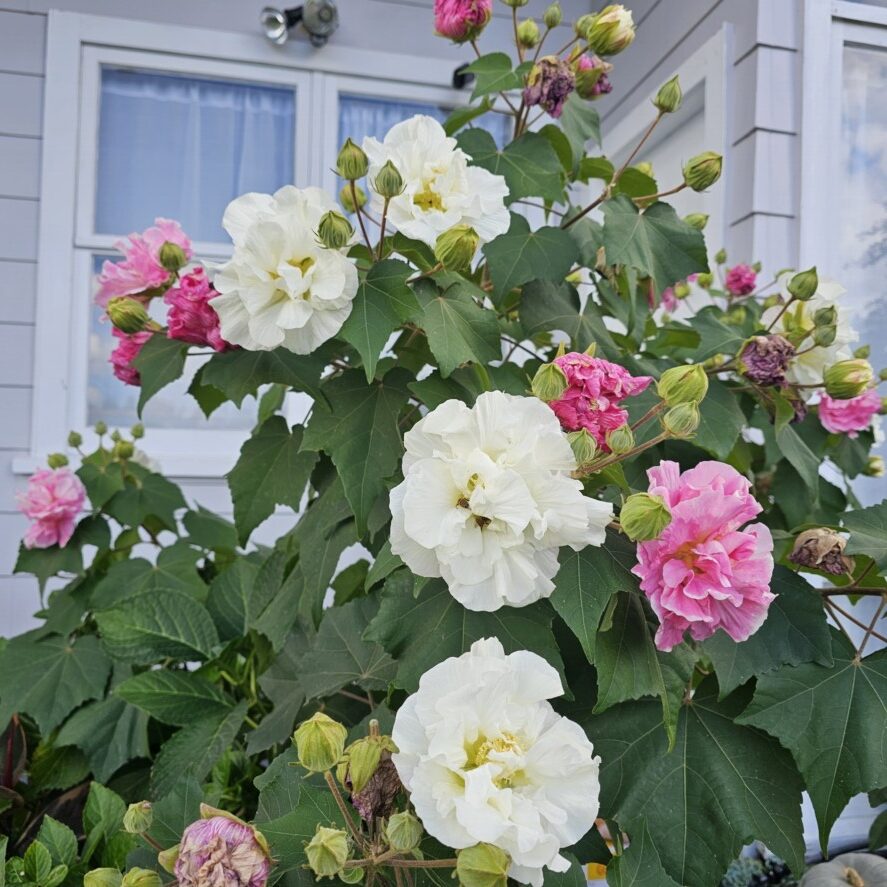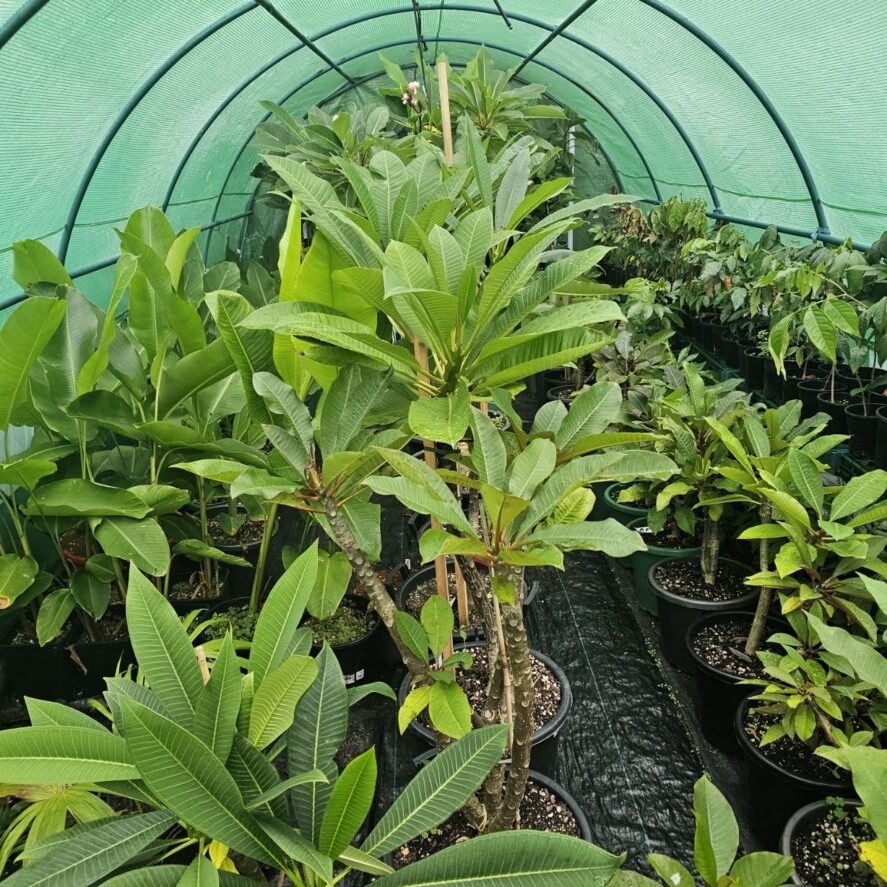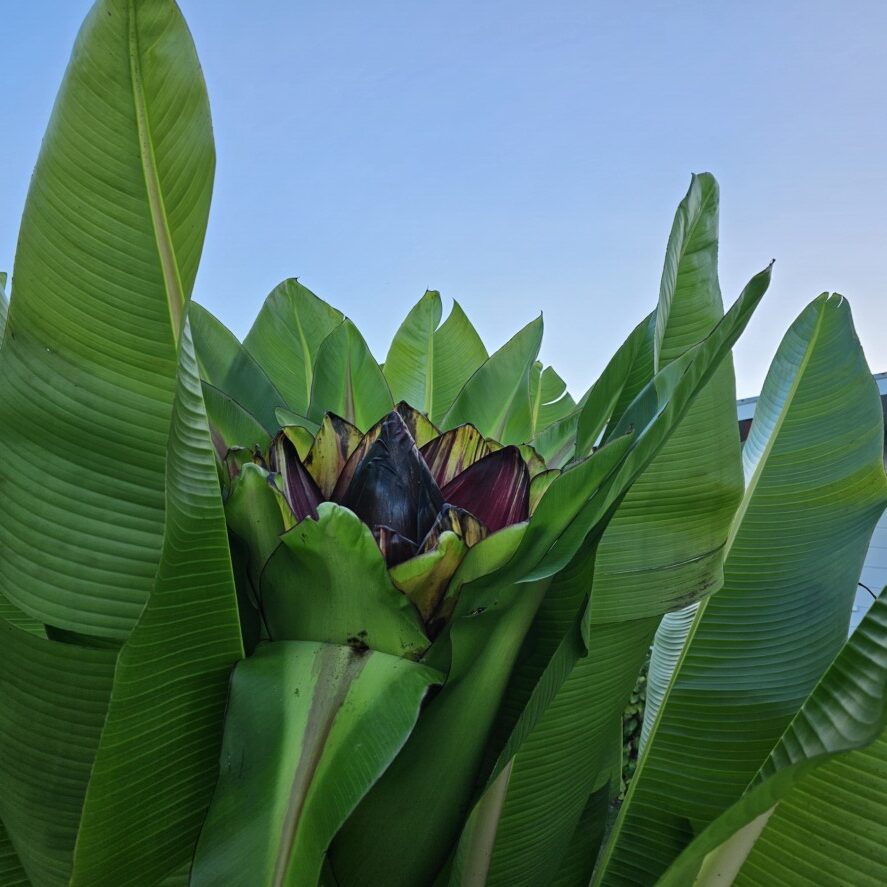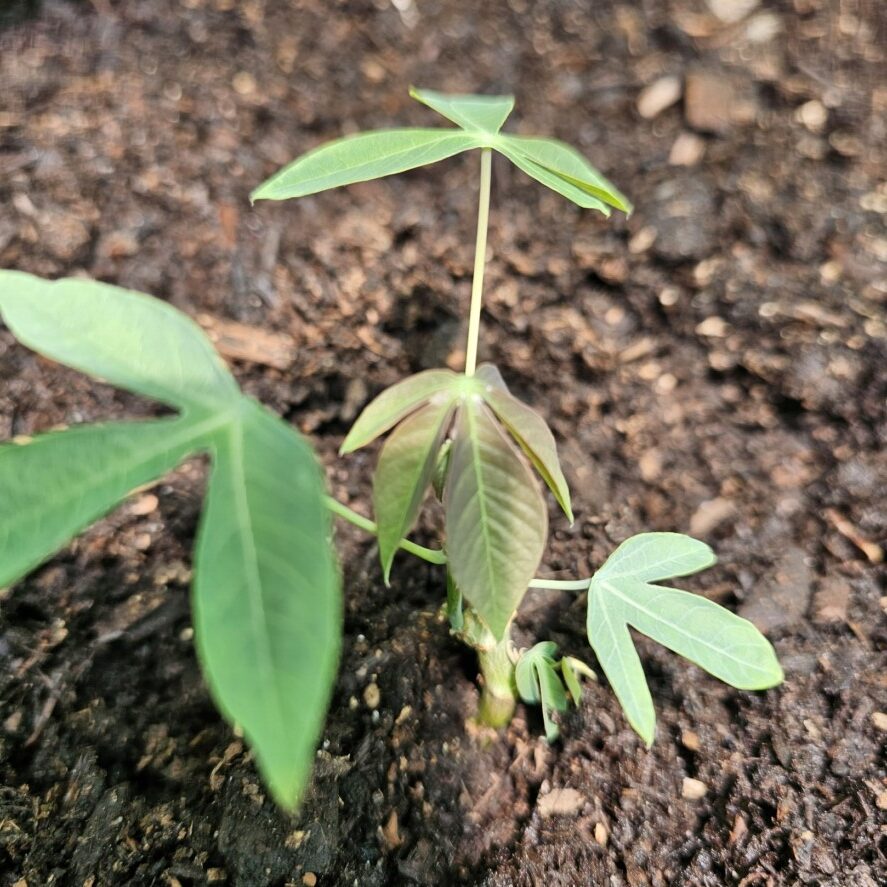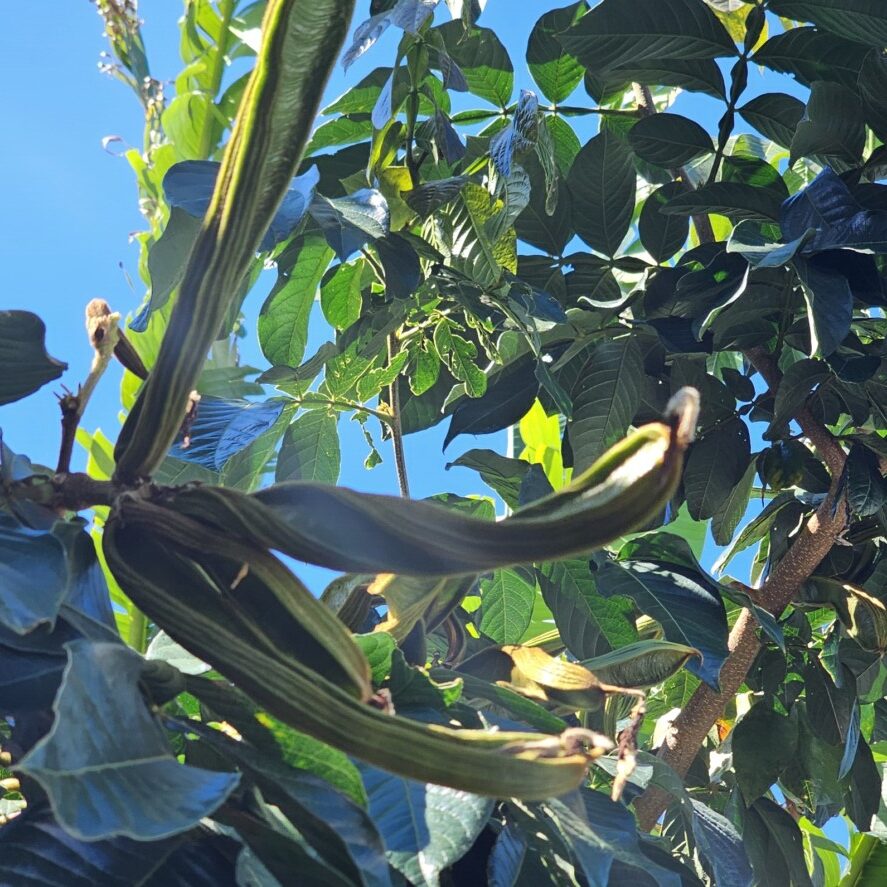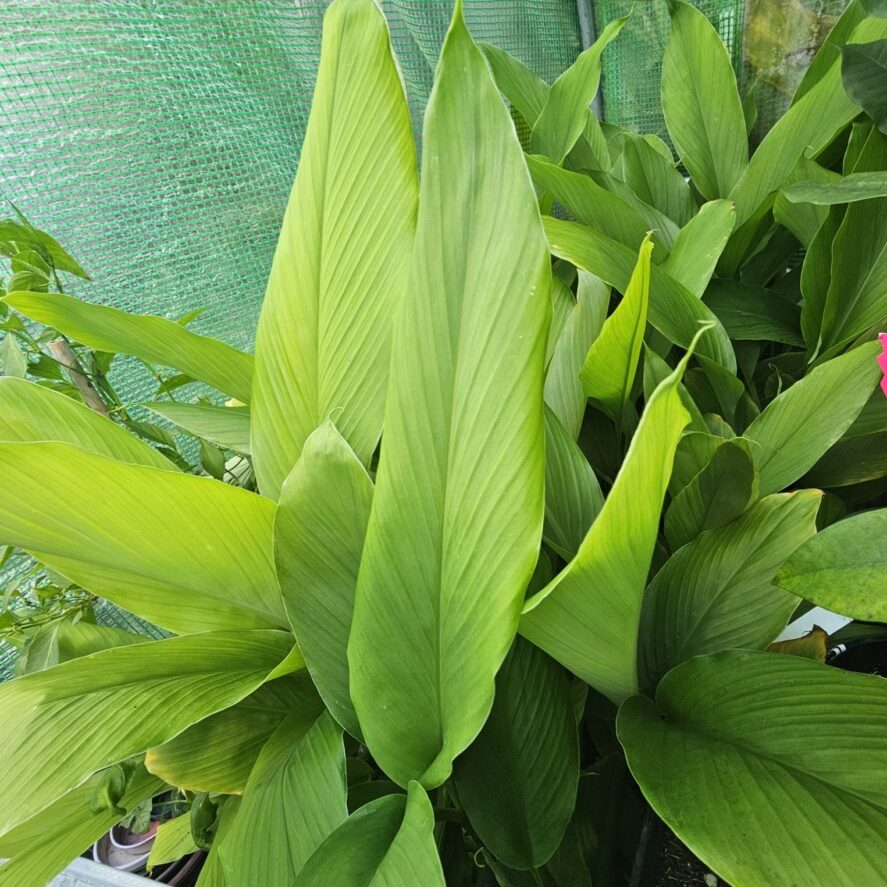-
Troppo Plant & Garden Articles
- Te Puke Region
- TROPPO’s Food Forest in Te Puke, BOP (www,foodforest.org.nz)
- Troppo’s Plant Collection
- TROPPO's Nursery Directory
- Food Forests of New Zealand (www.foodforests.nz)
- Nursery Map - Plant Suppliers of NZ Directory (www.nurserymap.nz)
- Kids Garden Corner
- New Zealand Garden Bird Survey
- New Zealand Garden Groups
- Delicious Recipes
Gardening Checklist for July in New Zealand
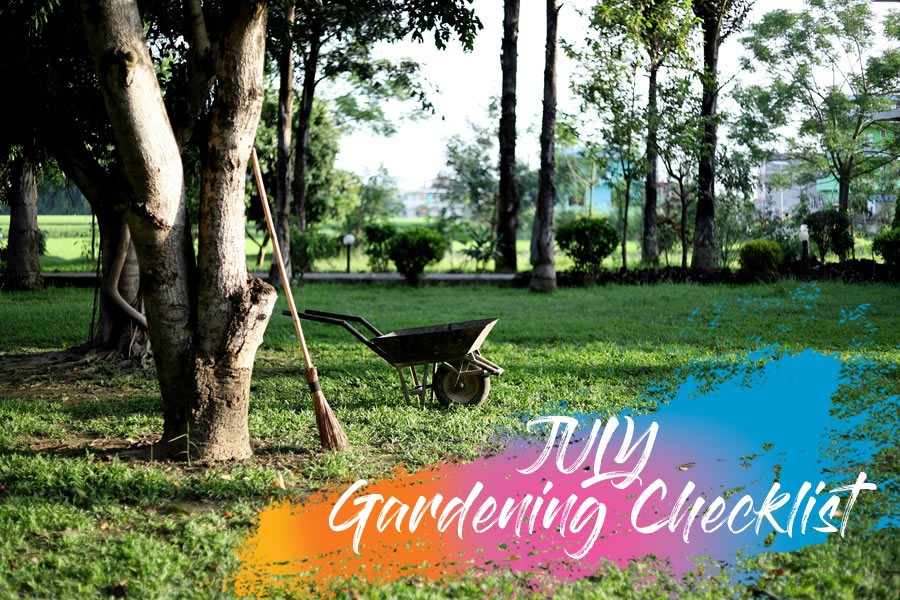
July is mid-winter in New Zealand, and while the weather can be cold and wet, there are still plenty of gardening tasks to keep you busy. Here’s a comprehensive checklist to help you maintain and prepare your garden during the winter months.
General Garden Maintenance
- Weeding: Keep on top of weeds to prevent them from taking over and competing with your plants for nutrients and water.
- Mulching: Apply mulch around plants to retain moisture, suppress weeds, and protect roots from the cold. Organic materials like straw, wood chips, or compost work well.
- Tool Maintenance: Clean and sharpen garden tools to prepare for the upcoming spring season. Oiling tools can prevent rusting.
- Soil Improvement: Add compost or well-rotted manure to garden beds to improve soil structure and fertility.
Vegetable Garden
- Planting: Plant winter crops such as garlic, onions, shallots, and broad beans. Sow seeds for leafy greens like spinach, kale, and lettuce in protected areas or under cloches.
- Cover Crops: Sow green manure crops like lupins, mustard, or oats to improve soil health and fertility for the next growing season.
- Feeding: Apply a slow-release fertilizer to winter vegetables to support their growth during the cold months.
- Pest Control: Keep an eye out for slugs and snails, which can be more active in wet conditions. Use organic methods like beer traps or hand-picking to control them.
Fruit Garden
- Pruning: Prune deciduous fruit trees like apples, pears, and stone fruits while they are dormant. Remove dead, diseased, or crossing branches to improve airflow and shape the tree.
- Mulching: Mulch around the base of fruit trees to protect roots from frost and retain moisture.
- Planting: July is a good time to plant new fruit trees and bushes. Ensure they are well-watered and mulched to help them establish.
- Protecting: Use frost cloth or covers to protect vulnerable fruit trees and plants from frost damage.
Flower Garden
- Planting: Plant winter-flowering bulbs like daffodils, tulips, and crocuses. You can also plant winter annuals like pansies, violas, and primroses for some color during the cold months.
- Pruning: Prune roses, removing dead or diseased wood and shaping the plants for the next growing season. Also, prune winter-flowering shrubs after they finish blooming.
- Feeding: Apply a balanced fertilizer to winter-flowering plants to support their growth and blooming.
- Deadheading: Remove spent flowers from winter annuals to encourage continuous blooming.
Lawn Care
- Mowing: Mow the lawn less frequently during winter, keeping the grass at a slightly higher height to protect it from frost.
- Aerating: Aerate the lawn to improve drainage and prevent waterlogging, especially in heavy clay soils.
- Weeding: Remove weeds by hand or use a selective herbicide to keep the lawn looking its best.
- Feeding: Apply a slow-release winter lawn fertilizer to maintain healthy growth.
Container Gardening
- Watering: Check container plants regularly and water as needed, ensuring the soil is not waterlogged. Reduce watering frequency in winter.
- Feeding: Use a slow-release fertilizer or liquid feed for container plants to support their growth during the colder months.
- Protection: Move containers to sheltered spots to protect plants from frost and cold winds. Use frost cloth or covers if necessary.
- Re-potting: Winter is a good time to re-pot container plants that have outgrown their pots or need fresh soil.
Conclusion
By following this comprehensive gardening checklist for July, you can keep your garden healthy and well-maintained throughout the winter months in New Zealand. These tasks will help prepare your garden for the upcoming spring season and ensure a beautiful and productive garden year-round. Happy gardening!

